Have you ever pondered the concept of living forever? It’s a notion that dances between fantasy and reality, a tantalizing daydream often interrupted by the grim truth of mortality. Yet, in the labyrinthine wonders of nature, some creatures have cheated the Reaper, at least for a little while. Let’s journey together through a list of 13 animals that flirt with immortality, reminding us of resilience, adaptability, and the mind-boggling complexities of life itself.
1. Turritopsis Dohrnii
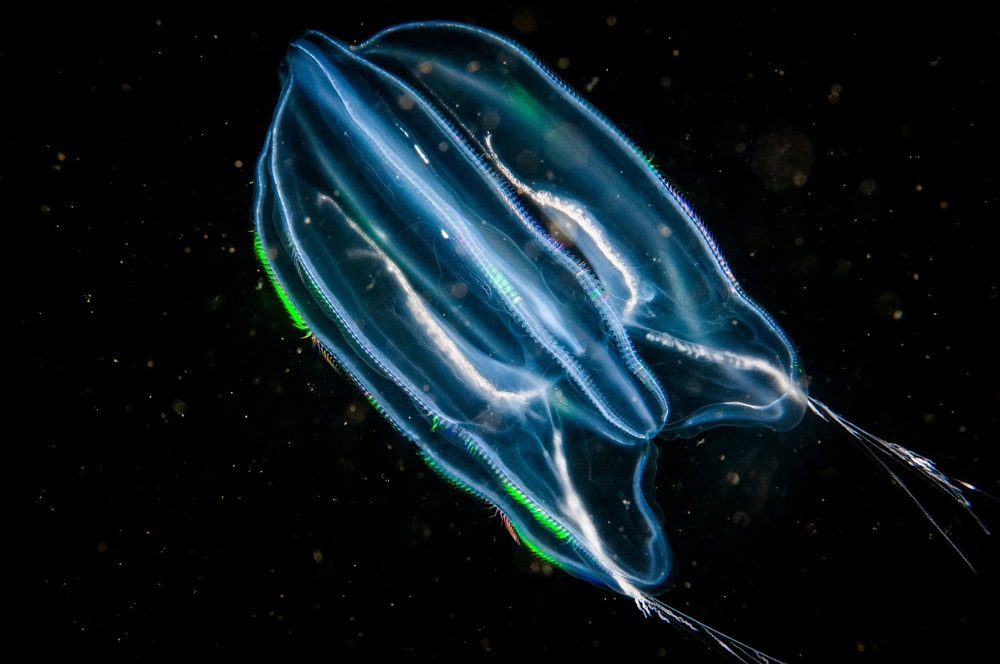
Meet the Turritopsis dohrnii, the unassuming jellyfish that laughs in the face of aging. This tiny sea creature can revert its cells to an earlier state, essentially starting its life cycle anew. Dr. Maria Pia Miglietta, a marine biologist, explains that the jellyfish can “transform its cells back to a younger state, a process akin to a biological reset button”. While it’s not quite eternal life, it’s a heck of a lot closer than most of us will ever get.
Of course, this miraculous rebirth doesn’t guarantee immunity from the harsh realities of the ocean. Predation, disease, or a particularly rough current can still end its life before it gets another chance to hit rewind. But the jellyfish’s unique ability to dodge the natural aging process is a testament to nature’s creativity. It’s a reminder that in the wild, adaptability often trumps sheer strength.
2. Hydra
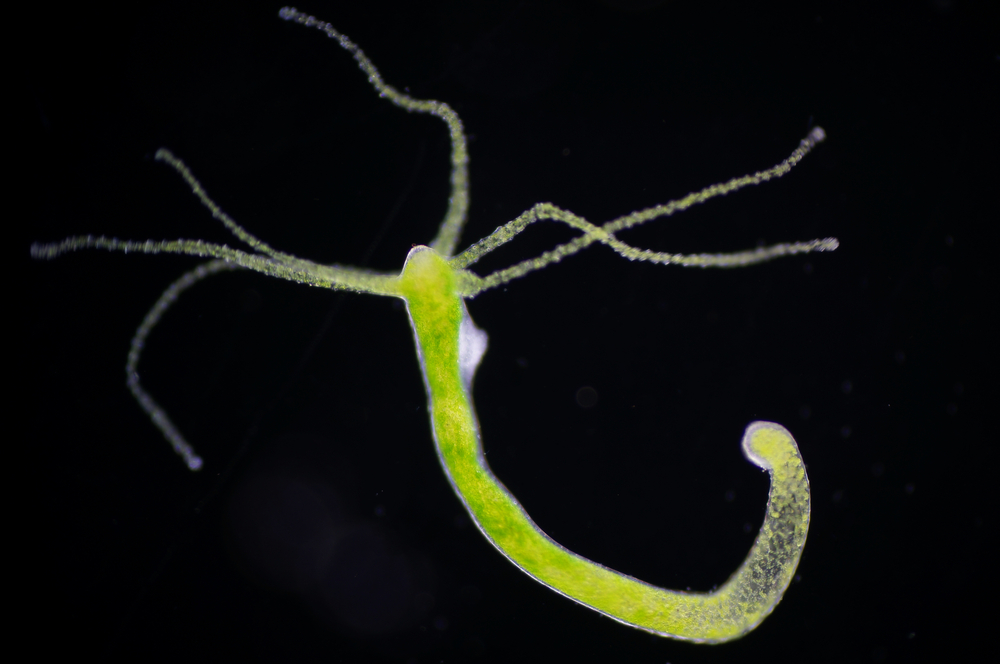
If you’re searching for a symbol of resilience, look no further than the hydra. This freshwater creature is named after the many-headed serpent from Greek mythology, and its regenerative abilities are no less legendary. The hydra maintains its youthful vigor through a process of continuous cell renewal, never letting its skin sag with the weight of years. It’s like the ultimate skincare routine, minus the anti-aging creams and fillers.
But before you start envying this tiny polyps’ eternal youth, consider the trade-offs. The hydra leads a monotonous life, lacking the complexity and diversity of experiences that come with aging. Its never-ending cycle of cell regeneration means it never truly evolves, stuck in a perpetual loop of sameness. So, while it may escape the wrinkles and grey hairs, it misses out on the richness that comes with the passage of time.
3. Greenland Shark
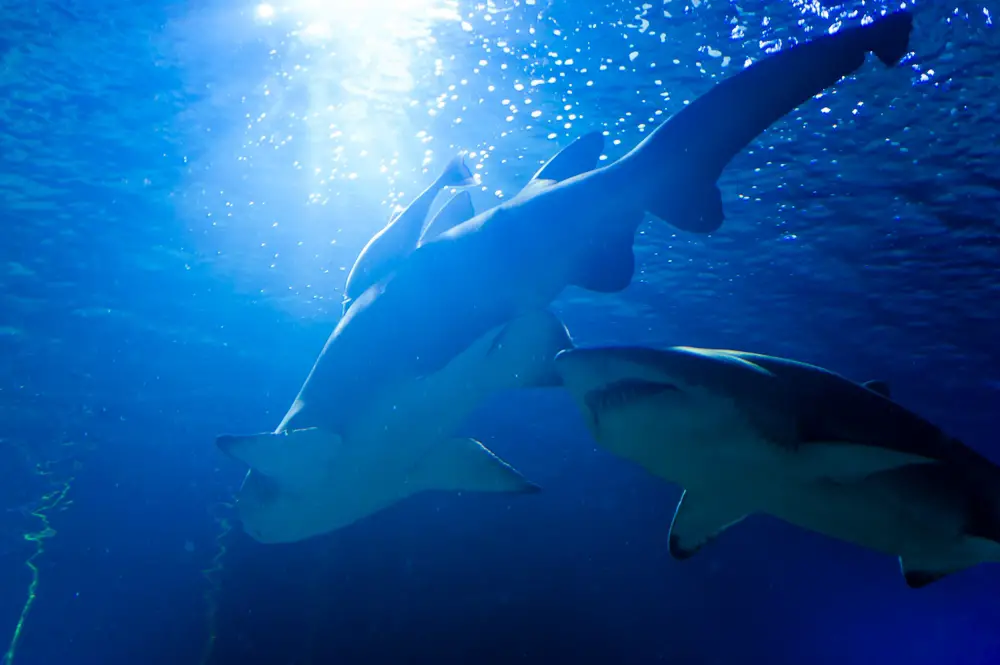
The Greenland shark glides through the icy depths of the North Atlantic, a slow-moving relic of the past. With lifespans that can exceed 400 years, these sharks are among the oldest living vertebrates on the planet. A study led by marine biologist Julius Nielsen used radiocarbon dating to reveal that one Greenland shark was born around the time Shakespeare was penning his plays. It’s a humbling thought—these sharks were navigating the ocean long before our modern world took shape.
Yet, longevity comes with its own set of challenges. The Greenland shark is a slow grower, taking over a century to reach sexual maturity. It’s as if time itself has slowed in the dark, frigid waters where these sharks dwell. They remind us that longevity isn’t just about living long—it’s about the pace at which life unfolds, quietly and deliberately, beneath the waves.
4. Planarian Flatworm
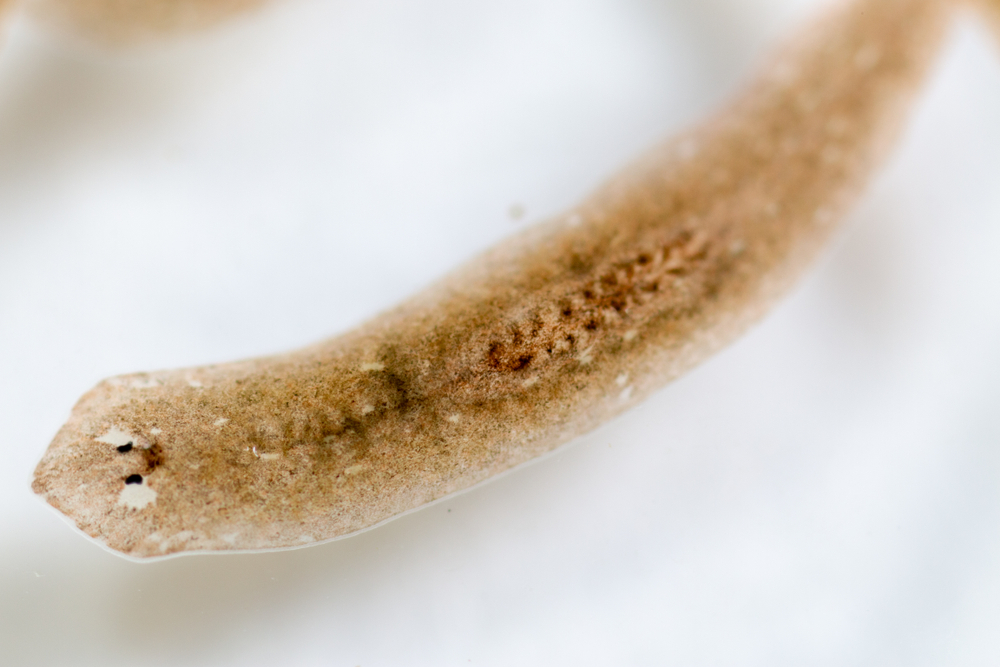
The planarian flatworm is arguably one of nature’s most bizarre creations, a creature with the astonishing ability to regenerate its body from just a fragment. Cut one in half, and instead of dying, it becomes two whole worms. This remarkable power is due to a unique type of cell called neoblasts, which are capable of differentiating into any cell type. It’s like having a medical team within, constantly on call to patch things up.
But what’s the price of being virtually unkillable? The planarian might be a master of regeneration, but it’s also a slave to its simplicity. Its life is void of the complexities that make existence rich with meaning. Perhaps this is nature’s way of balancing the scales—what it gives in immortality, it takes away in depth.
5. Lobster
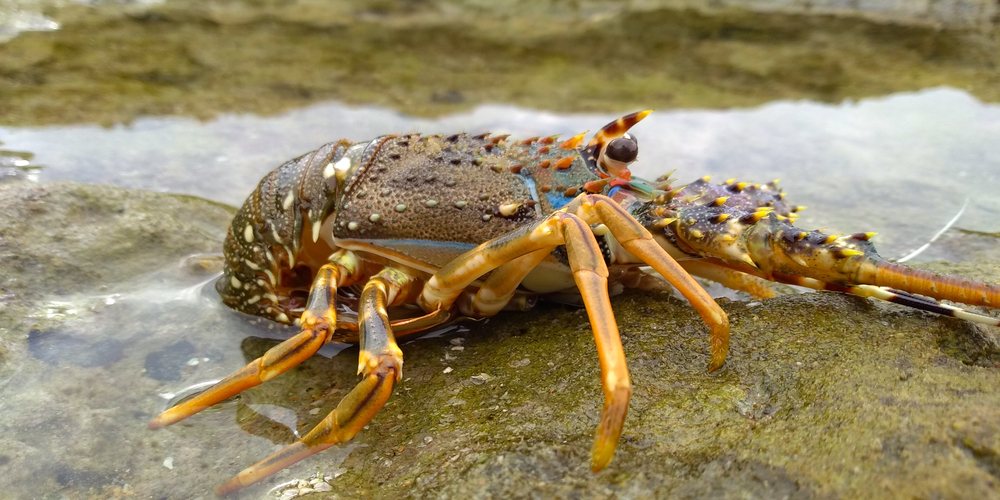
Lobsters are the enigmatic loners of the ocean floor, boasting a unique trick up their claws. Unlike humans, lobsters don’t seem to age in the traditional sense; they don’t lose strength, agility, or fertility over time. Research by marine biologist Dr. John Factor suggests that lobsters produce an enzyme called telomerase, which repairs DNA strands, possibly staving off the aging process. This means they could, theoretically, live indefinitely if external factors didn’t intervene.
But life as a lobster isn’t all endless youth and freedom from wrinkles. They still face threats from predators, pollution, and the ever-looming presence of human fishing nets. For lobsters, immortality is a fragile gift, constantly threatened by the whims of the environment. It’s a stark reminder that even the most resilient creatures are at the mercy of forces beyond their control.
6. Ocean Quahog Clam
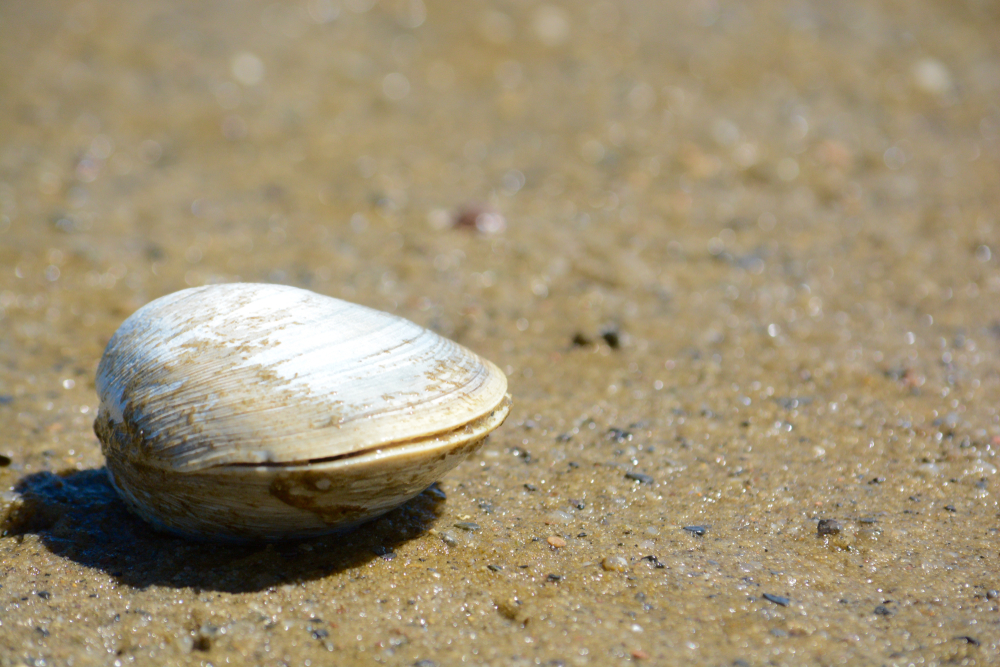
The ocean quahog clam is a testament to the slow and steady pace of life in the ocean’s chilly depths. These clams can live over 500 years, quietly residing on the ocean floor, observing the world change in slow motion. Each growth ring on its shell is a testament to its enduring existence, recording centuries of ocean history. It’s like having a living timeline of the world beneath the waves.
But longevity in the clam world comes with its own set of challenges. Their slow pace of life leaves them vulnerable to environmental changes and human activities, like trawling. Despite their hard shells, they are not immune to the harsh realities of life, illustrating that even the most enduring creatures face existential threats. Their existence is a quiet reminder that life, no matter how long, is fraught with fragility.
7. Naked Mole Rat
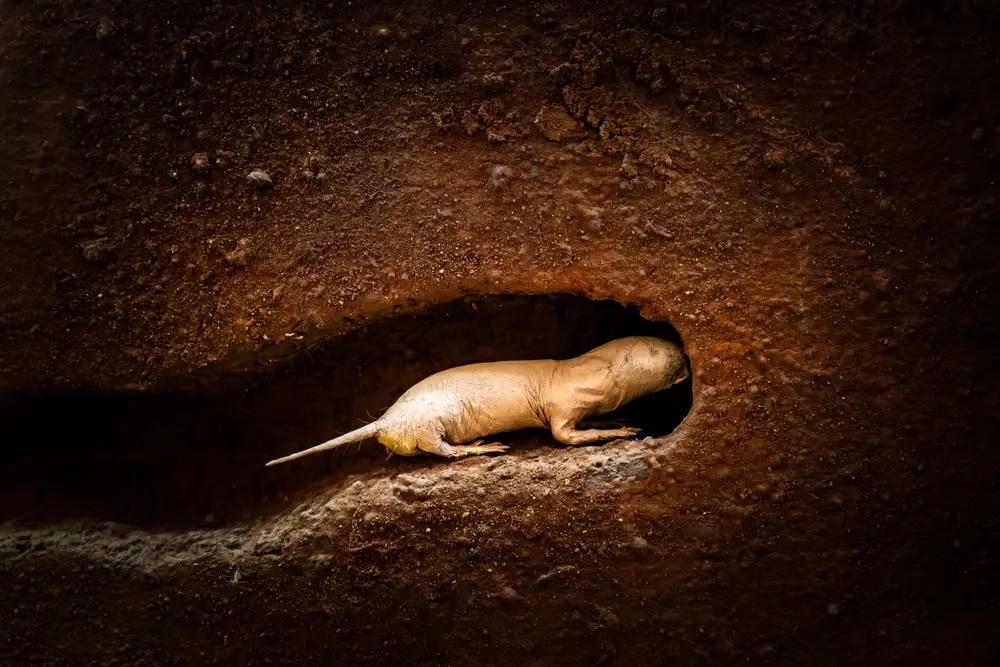
The naked mole rat is a creature that defies expectation, thriving in its underground realm while challenging our understanding of aging. Research conducted by Dr. Rochelle Buffenstein at the University of Texas has shown that these rodents have a unique resistance to cancer and maintain their healthspan far longer than other rodents. They live up to 30 years, a significant feat for a small mammal. It’s like they’ve discovered the secret to a life that’s not just long, but also healthy.
Yet, their existence isn’t without its quirks. Naked mole rats live in eusocial colonies, much like bees and ants, with a rigid hierarchy that dictates their every action. Their lives are dictated by the needs of the colony, leaving little room for individuality or personal freedom. It’s a sobering thought—perhaps the cost of longevity is the surrender of autonomy.
8. Aldabra Giant Tortoise
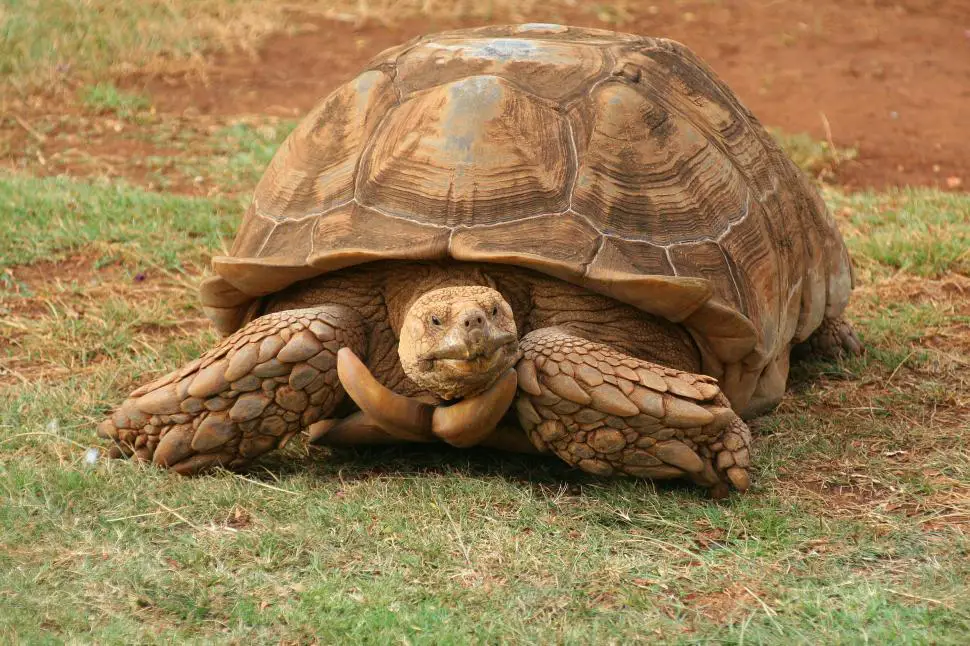
The Aldabra giant tortoise is a living monument to the art of taking life at a leisurely pace. With lifespans that can stretch over 150 years, these tortoises are the epitome of slow and steady winning the race. They meander through their island habitats, seemingly unbothered by the passage of time. Their longevity is a testament to the benefits of a low-stress lifestyle—a lesson perhaps lost on our fast-paced human world.
But even a life of leisure isn’t free from challenges. The Aldabra tortoise faces threats from habitat destruction and introduced predators. Their slow pace, while beneficial in terms of longevity, makes them vulnerable in a rapidly changing world. It’s a poignant reminder that time is both ally and adversary, a complex dance of survival and resilience.
9. Rougheye Rockfish
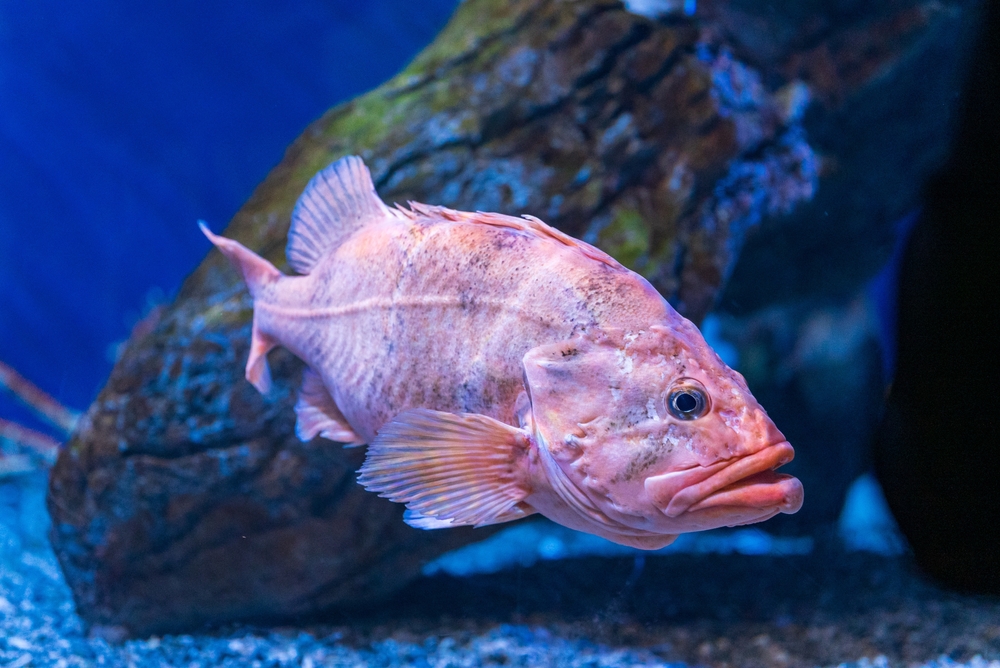
Dwelling in the deep, cold waters of the Pacific Ocean, the rougheye rockfish is a master of longevity. These fish can live over 200 years, maintaining their vitality long past the point where most other fish have succumbed to the ocean’s challenges. Their secret lies in their slow metabolism, a trade-off that allows them to conserve energy and stave off the aging process. It’s the ocean’s version of slow living, a lesson in the benefits of taking things easy.
Yet, the rockfish’s long life isn’t entirely carefree. They face threats from overfishing and environmental changes, which can quickly alter the delicate balance of their habitat. Their existence is a precarious one, balanced on the knife’s edge of opportunity and threat. It’s a reminder that longevity, while admirable, is never without its challenges.
10. Bowhead Whale
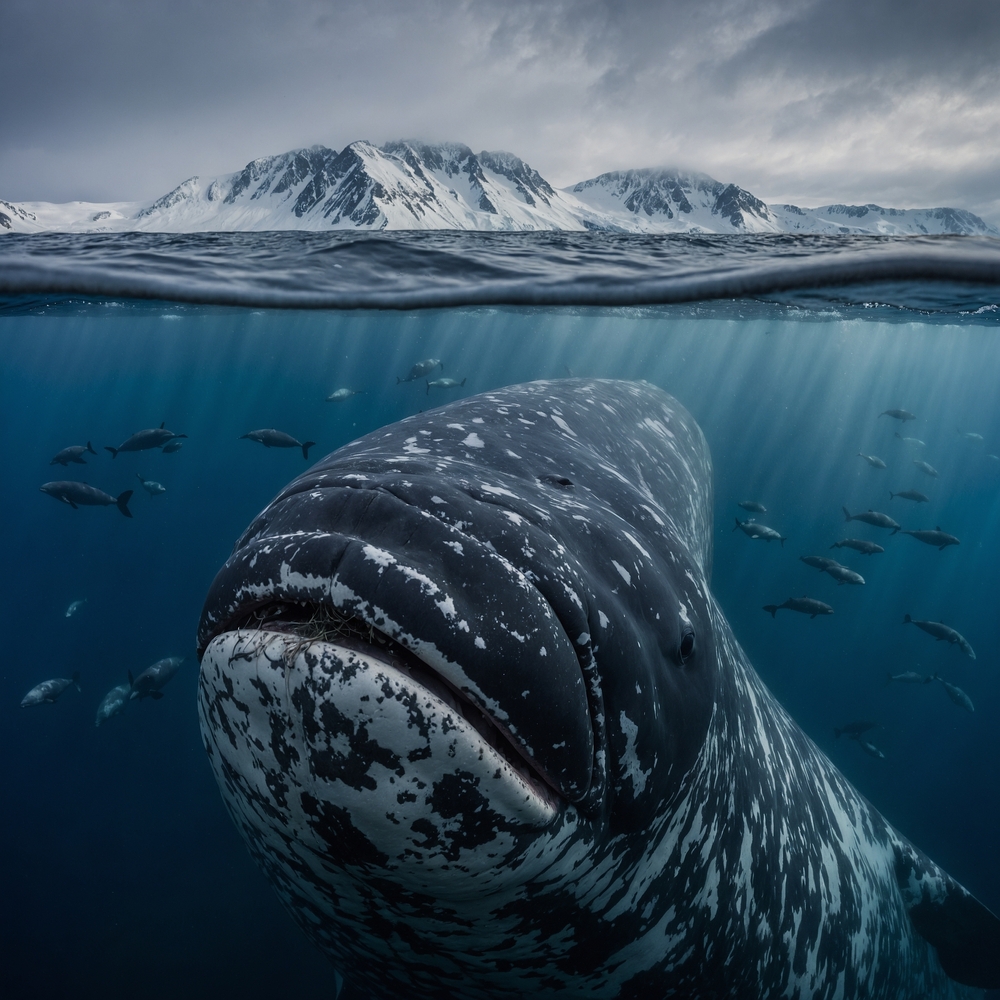
Among the ocean’s giants, the bowhead whale is a testament to enduring vitality. These whales can live over 200 years, traversing vast ocean expanses with a grace that belies their size. Their secret? A genetic toolkit that offers enhanced DNA repair and cell maintenance, allowing them to defy the typical mammalian aging process. It’s like they’ve unlocked the ultimate biological hack, whispering secrets of long life through the ocean’s currents.
Despite their impressive lifespans, bowhead whales are not invincible. They face threats from climate change, ship strikes, and hunting, which loom ominously over their lengthy existence. For these leviathans, life is a delicate balance between survival and the relentless march of time. Their presence is a powerful reminder of the ocean’s majesty and fragility alike.
11. Red Sea Urchin

The red sea urchin may not be the flashiest creature, but its longevity is nothing short of remarkable. These spiny critters can live for more than 100 years, subsisting on algae in the chilly depths of the Pacific Ocean. Their long lives are attributed to their slow growth rates and ability to use resources efficiently. It’s the ultimate exercise in sustainability, a lesson in thriving with less.
But even the most resilient urchins face challenges. Overfishing and environmental changes threaten their habitats, reminding us that longevity doesn’t equate immunity. The red sea urchin’s existence is a testament to endurance, yet also a cautionary tale about the vulnerability of the natural world. It’s a reminder that sustainability is not just a buzzword—it’s a survival strategy.
12. Immortal Cnidarian

In the shadowy depths of the ocean, the immortal cnidarian defies the natural order. These tiny, translucent creatures can revert to their juvenile state, effectively reversing their aging process. It’s a biological trick that has scientists scratching their heads and pondering the mysteries of life. In a world obsessed with youth, the cnidarian offers a tantalizing glimpse of nature’s potential.
Yet, the life of an immortal cnidarian isn’t without its trials. Predators and environmental changes still pose significant threats, proving that even immortality has its limits. Their existence is a delicate balance of survival and adaptation, a dance that underscores the complexities of life. It’s a humbling reminder that eternity, even if possible, is fraught with challenges.
13. Bristlecone Pine Tree

Let’s round out our list with the bristlecone pine tree, a towering testament to resilience and adaptability. These ancient trees can live for thousands of years, standing steadfast as centuries pass by. Their secret lies in their dense, resinous wood, which protects them from disease, pests, and rot. It’s like nature’s armor, a defensive strategy honed over millennia.
But the life of a bristlecone pine isn’t as serene as it seems. They endure harsh conditions, from freezing temperatures to intense droughts, pushing their adaptability to the limits. Their existence is a story of survival against the odds, a testament to nature’s tenacity. It’s a reminder that even the most enduring life forms are forged in the crucible of adversity.
